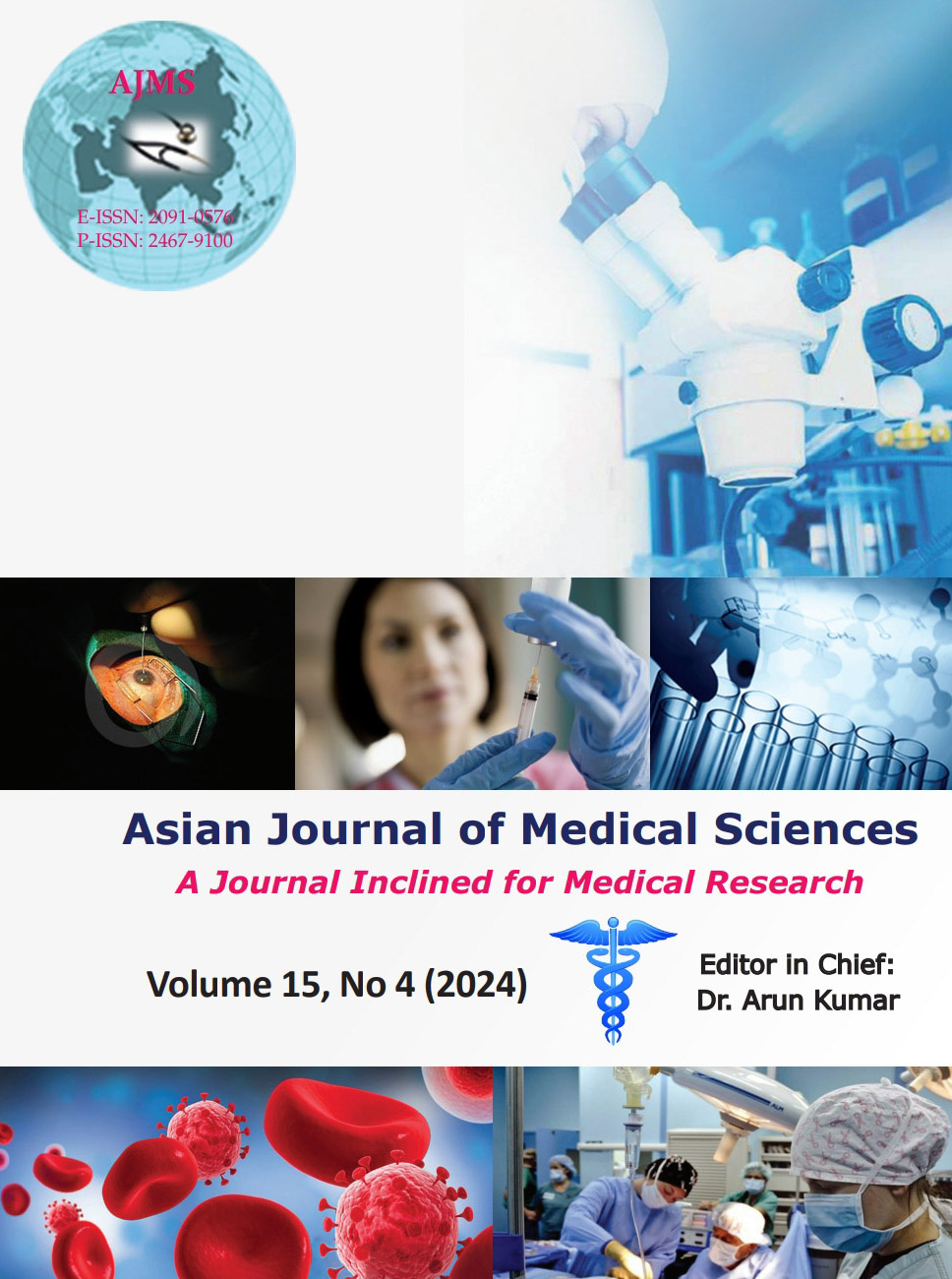Unraveling the anatomy of toe extensors: An aid to the clinical implications
Keywords:
Variations; Extensor tendons; Foot; Clinical importanceAbstract
Background: The extensor tendons of the foot are crucial for maintaining the intricate movements and stability of the foot and ankle complex. Understanding these variations is essential for health-care professionals involved in foot-related pathologies.
Aims and Objective: The study was conducted to identify and document variations in extensor tendons of the foot during routine dissection of human cadavers and to highlight their clinical significance.
Materials and Methods: This was an observational study conducted in the Department of Anatomy, King George’s Medical University, Lucknow, India. Eight embalmed cadavers were examined, and the dorsum of the foot was dissected to explore the proximal and distal attachments of extensor muscles.
Results: We observed unilateral variations in extensor tendons of the feet of three limbs during routine dissection. First case showed a bifurcation of extensor hallucis longus, giving tendons to great toe as well as 2nd toe. Second case showed a variation in extensor digitorum longus tendon of the 4th toe giving lateral and medial slips along with its main tendon. The medial slip further gave medial and lateral divisions to merge distally with the long tendons of 3rd and 4th toe, respectively. The third case depicted the bifurcation of extensor hallucis brevis to give tendinous slips to great toe and 2nd toe, respectively.
Conclusion: Knowledge of these variations in extensor tendons of foot is crucial for accurate interpretation of diagnostic imaging, surgical planning, and optimizing treatment outcomes.
Downloads
Downloads
Published
How to Cite
Issue
Section
License
Copyright (c) 2024 Asian Journal of Medical Sciences

This work is licensed under a Creative Commons Attribution-NonCommercial 4.0 International License.
Authors who publish with this journal agree to the following terms:
- The journal holds copyright and publishes the work under a Creative Commons CC-BY-NC license that permits use, distribution and reprduction in any medium, provided the original work is properly cited and is not used for commercial purposes. The journal should be recognised as the original publisher of this work.
- Authors are able to enter into separate, additional contractual arrangements for the non-exclusive distribution of the journal's published version of the work (e.g., post it to an institutional repository or publish it in a book), with an acknowledgement of its initial publication in this journal.
- Authors are permitted and encouraged to post their work online (e.g., in institutional repositories or on their website) prior to and during the submission process, as it can lead to productive exchanges, as well as earlier and greater citation of published work (See The Effect of Open Access).




